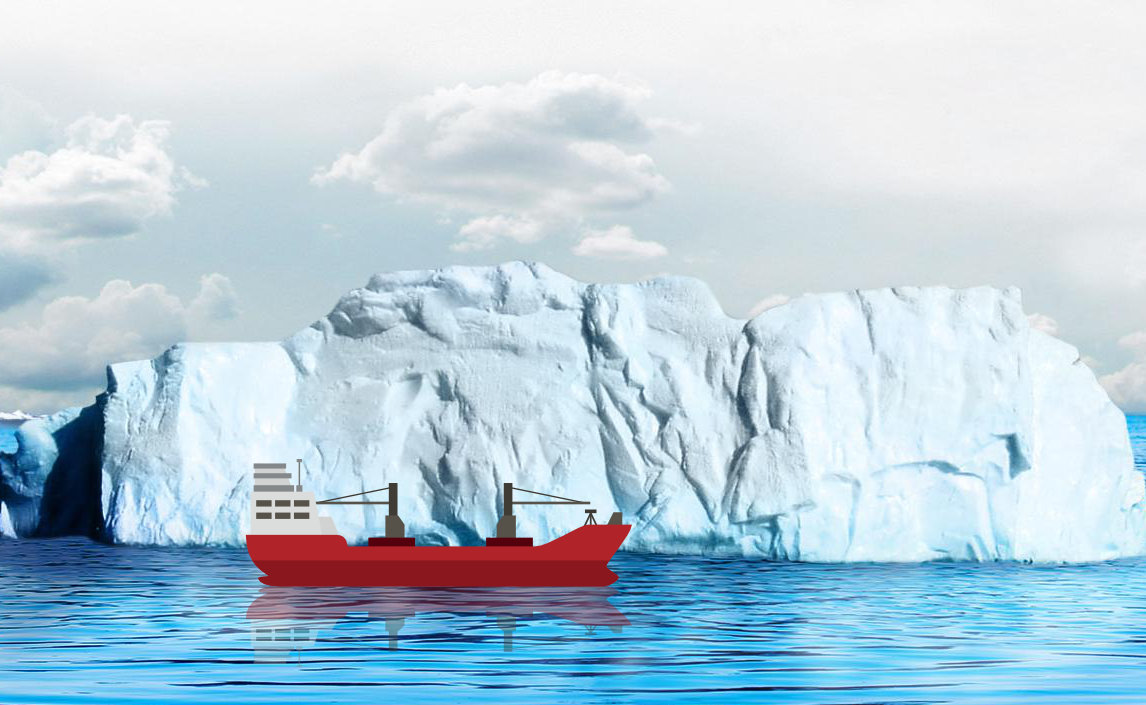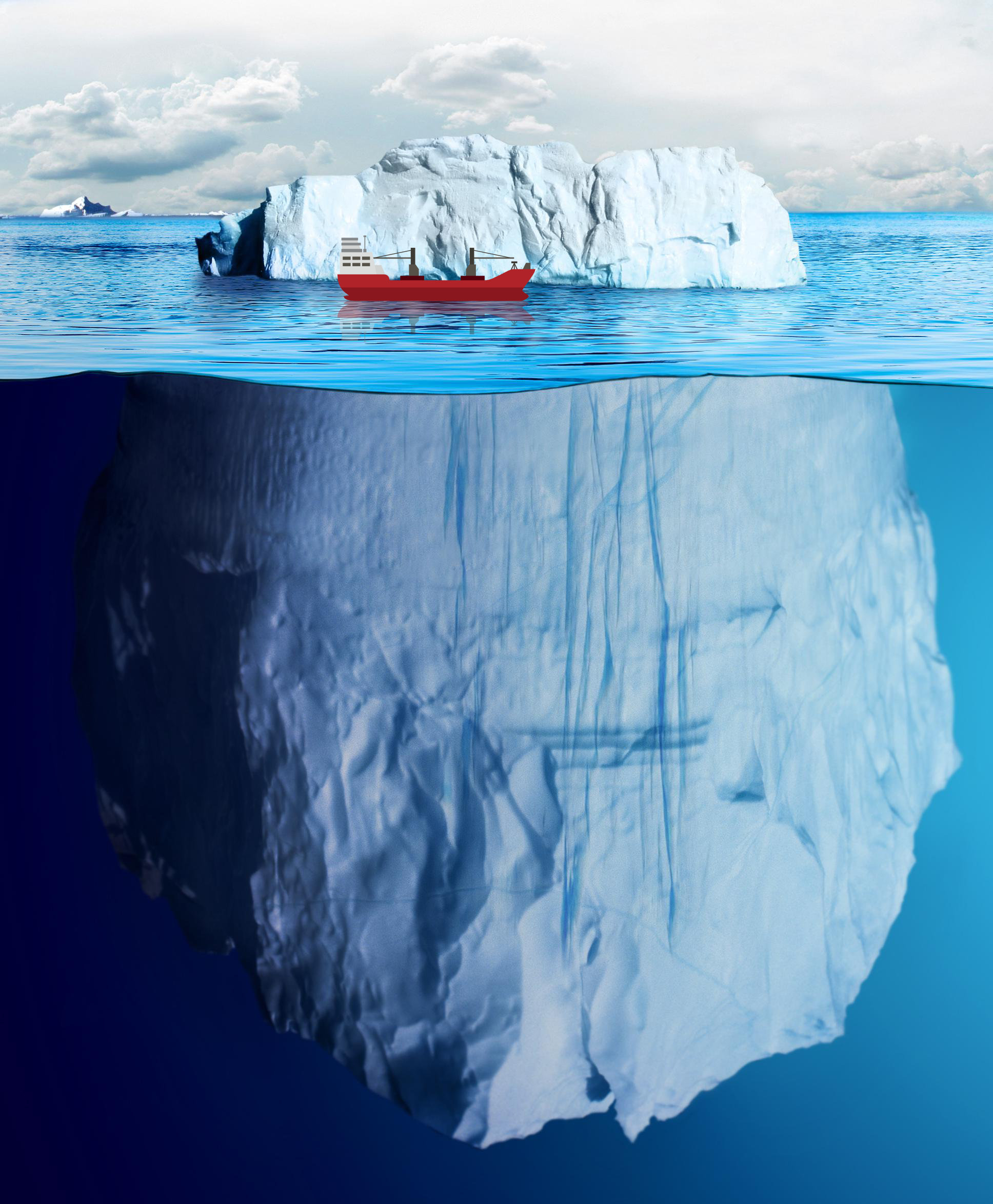The Problem on the Surface
After a deep dive into the hidden world of our internal systems, we will return to the surface, just for a brief moment, where we will try to see things from the perspective of the people who fail to understand that everything in the body is interconnected. At the moment, after what we’ve just discovered and discussed, this may seem like backpedaling, but I assure you that it’s not.

When an artist creates a wall-sized mural – which can be a very large picture – he may step away now and then to view his work from afar, before returning back to the wall surface to continue painting. When you try to understand a problem, especially a problem as multifaceted as chronic sitting and inactivity, it helps to find alternate angles for viewing the issue, to explore it from different perspectives; doing so will help us understand why things are the way they are.
The common problems that most of us can easily associate with sitting and sedentary occupations are quite superficial. Among them are back pain (in both the lower and upper back), shoulder and neck stiffness, carpal tunnel syndrome, wrist stiffness and pain, and a few other similar afflictions. On the surface, these may seem like localized and unrelated problems, which we would treat as insignificant inconveniences. As a matter of fact, they are so typical to the professionals of sedentary occupations, that many of us accept them as the norm. Yes, we are so used to this widespread mass-suffering, that even our health and wellness professionals casually drop phrases like “What do you expect at your age and with your occupation? Look at other people…”
Right now, for demonstration purposes, we will be looking at other people who might be at a disadvantage because they have failed to recognize their real problems, or, rather, the origins of their problems. This doesn’t mean, however, that we are accepting their norms. Instead, always focus on how YOU want to feel, how YOU want to look.
We often address the aforementioned issues in isolation, but we are fooling ourselves if we think that they are not related or connected in some ways. As we follow along the kinetic chain of our musculoskeletal system, we will discover that these issues are of a much greater magnitude than you would think and that they can produce a whole myriad of seemingly unrelated complications throughout the body.

The minor aches we experience may turn out to be tiny manifestations of the larger issues lurking in the background. Ignoring them and discarding them as insignificant will eventually bring us to the sobering realization that they are just the visible tips of an iceberg, with its huge body remaining hidden under the surface of the dark waters, patiently waiting to flip over at any moment. When it does, the splashes made by this catastrophic event will ripple through your entire body.
Once again, just like in the previous sections, we will be concentrating on the big picture, simultaneously working through the details that complete our understanding of the matter at hand. Starting out by immersing ourselves in the topic of sedentary hibernation has opened us up to the very important concepts of symbiotic balance and interconnectedness. Right now, we have the right mindset to continue our conversation.

Don’t expect these theoretical icebergs drift away on their own. This is highly improbable. On the contrary, the issues they represent can only accumulate and surround you, until, like the ice of the northern seas, they can stop you in place and grow around you, absorbing you completely – we will discuss this in the section titled “The Addictive Nature of Sitting.”
Of course, I wouldn’t draw such a gruesome picture and leave you hanging there with no options and no resolutions. On the contrary, I’ll end this section on a positive note.
Fear not, for you are not alone! We are here together, and I’ll be your friendly guide, helping you navigate these “icebergs” and delivering you to the calm waters of the boundless ocean of health and wellbeing. If we tip over an iceberg during our voyage, let it be an iceberg of revelation that changes your outlook and improves your understanding of the subject matter.
Believe in yourself, but don’t relax just yet. You must also apply some effort (at least enough to finish reading this book). Don’t worry, you will be greatly rewarded with the benefits you'll discover along the way. Understand that there’s no room for hesitation or delay. You know that life doesn’t wait. Neither does your sedentary life!
So, let us wait no longer. Bon voyage!